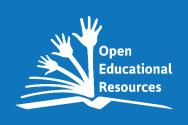Lesser-known Public Health Resources
Public health is a broad, cross-disciplinary field of study. Drawing on information from primary medical research, disease surveillance, public policy, geography, and sociology (to name just a few), public health researchers and practitioners wade through copious amounts of data to answer their research questions. In addition to the major health information resources (think PubMed), many additional online tools exist to aid anyone interested in public … Continue reading Lesser-known Public Health Resources



